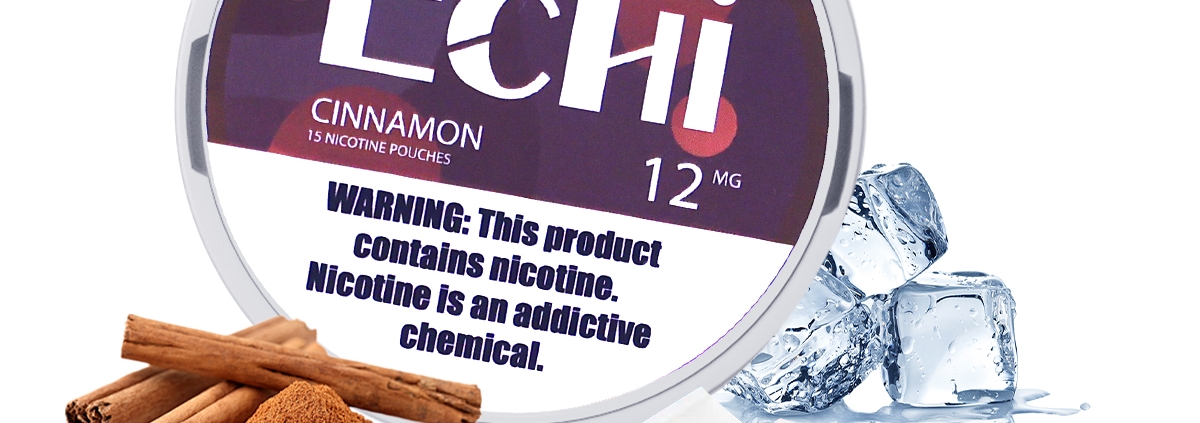Small Disposable Vape: A Strategic Guide for International Buyers and Distributors
In the evolving nicotine market, compact disposable vapes are emerging as a leading product category. Their discreet size, ease of use, and appeal to modern consumers have positioned them as essential offerings for wholesalers, retailers, and private label brands. This guide explores the small disposable vape segment from a business standpoint—covering manufacturing insights, brand and technology differences, and supplier evaluation tips for international buyers and OEM clients.
1. Understanding the Market Shift Toward Small Disposable Vapes
Over the last decade, disposable vapes have gained traction globally, with the compact, portable subcategory seeing especially rapid adoption. These small devices meet rising consumer expectations for convenience, discretion, and affordability, while also offering brands a scalable product for diverse markets.
Key market drivers include:
-
On-the-go convenience: Slim, lightweight designs appeal to busy users and new nicotine consumers alike.
-
OEM demand surge: Distributors and brand owners are increasingly investing in white-label disposable vapes to expand their nicotine product lines.
-
Innovation in miniaturization: Improved batteries, flavor delivery systems, and materials have enabled smaller devices to match the performance of larger formats.
According to industry forecasts, small disposable vapes are expected to grow at a CAGR of 9.3%, reinforcing their value as a high-turnover SKU in both developed and emerging nicotine markets. For manufacturers of nicotine pouches or nicotine gum exploring category expansion, this segment offers a natural progression.
2. How Small Disposable Vapes Are Made: Key Manufacturing Processes
The production of small disposable vapes combines precision engineering, fluid chemistry, and automation to achieve consistent quality and performance. Here’s how leading manufacturers approach the process:
a. Compact Design Engineering
Manufacturers use CAD software to design ergonomic, aesthetically minimal vape housings. Airflow control, draw activation, and battery life are optimized at the prototype stage to ensure efficiency in a smaller footprint.
b. Component Production
Essential parts—like lithium-ion batteries, atomizers, and e-liquid chambers—are fabricated using high-precision equipment. Premium builds use stainless steel casings and silicone seals to enhance leak resistance and shelf life.
c. Nicotine and Flavor Development
High-quality e-liquid formulation is critical. Suppliers such as Snuff Factory leverage their experience in nicotine pouch and gum manufacturing to deliver consistent flavor profiles and potent nicotine concentrations across a wide flavor range.
d. High-Speed Assembly
Automated lines manage key tasks, including:
-
Coil installation and wicking
-
E-liquid injection
-
Battery alignment and welding
This ensures high output and consistency for global volume orders.
e. Branding and Packaging
Products are sealed in compact, often recyclable packaging with tailored branding. White-label disposable vapes are frequently bundled with nicotine pouches, offering unified branding for OEM partners targeting multiple product verticals.
Explore the nicotine pouch manufacturing workflow to understand crossover production strategies: View More
3. Differences Between Brands, Origins, and Technology
To make informed procurement decisions, buyers must evaluate brand reputation, country of origin, and technological design. Here’s what differentiates key market players:
a. Brand Positioning
Established brands emphasize flavor integrity, reliability, and regulation adherence. Custom-oriented manufacturers like Snuff Factory allow partners to develop white-label disposable vapes aligned with specific consumer niches—ideal for distributors entering premium or flavored subsegments.
b. Country of Origin Insights
-
China (Shenzhen): Home to most of the world’s vape hardware production, offering advanced tooling and competitive pricing.
-
USA & Europe: Known for smaller-batch, regulation-first products emphasizing clean formulations and traceability.
-
India & Southeast Asia: Rising players delivering value-oriented disposables for price-sensitive markets.
c. Technology Variations
-
Battery Systems: Standard lithium-ion vs. next-gen graphene batteries that offer cooler operation and longer shelf life.
-
Coils: Ceramic coils last longer and resist burning but add cost; metallic coils offer affordability.
-
E-liquid Type: Brands may specialize in nicotine salts or freebase nicotine, depending on market preferences and legal frameworks.
Distributors seeking to diversify from existing nicotine bag lines can consider integrating disposable vapes to attract a broader consumer base while maintaining product synergy.
4. Evaluating Suppliers: Why Echi and Snuff Factory Are Strategic Partners
Selecting the right manufacturing partner can determine your success in entering or scaling within the disposable vape space. Below are critical factors and how firms like Echi Nicotine Bag Manufacturer and Snuff Factory meet them:
a. Compliance and Certifications
Ensure your supplier holds ISO, CE, and where applicable, FDA certifications. Both Echi and Snuff Factory provide compliance documentation, offering peace of mind for regulated market entry.
b. Production Capability
Look for partners with automated assembly lines and scalable facilities. Snuff Factory’s experience in high-volume nicotine product manufacturing allows them to fulfill large B2B orders with fast turnaround times.
c. Branding Flexibility
OEM-ready suppliers should offer white-label options, from flavor customization to logo design and packaging formats. This is key to brand differentiation in competitive retail environments.
d. Global Distribution Logistics
Distribution support is vital for international buyers. Snuff Factory’s integrated shipping and compliance processes help streamline global deliveries, ensuring timely market entry.
e. After-Sales and Reputation
Check reviews, testimonials, and service agreements. Responsive, transparent customer support separates reliable manufacturers from transactional suppliers.
📞 Connect with Snuff Factory’s team to explore B2B partnerships: Contact Now
5. Strategic Recommendations for B2B Stakeholders
For International Buyers
Focus on suppliers with proven regulatory knowledge, scalable output, and tech-driven design. Expand beyond traditional nicotine pouch lines by adding small disposable vapes to capture growing demand in retail and e-commerce channels.
For Distributors
Stocking customizable, compact disposable vapes allows differentiation in saturated markets. Partner with manufacturers offering white-label vape and nicotine pouch solutions to build coherent, brand-driven product portfolios.
For OEM Clients
Secure competitive advantages by collaborating with R&D-driven suppliers like Snuff Factory. Leverage their expertise in formulation, engineering, and packaging to create exclusive product lines under your brand.
In Summary
The small disposable vape category offers significant upside for B2B partners worldwide. Whether you’re a nicotine bag wholesaler looking to expand your portfolio, or an OEM buyer sourcing high-performance, customizable products, aligning with a trusted manufacturer like Snuff Factory opens doors to scale, compliance, and brand growth.
Discover more products and private-label opportunities here: Browse Full Range




Leave a Reply
Want to join the discussion?Feel free to contribute!